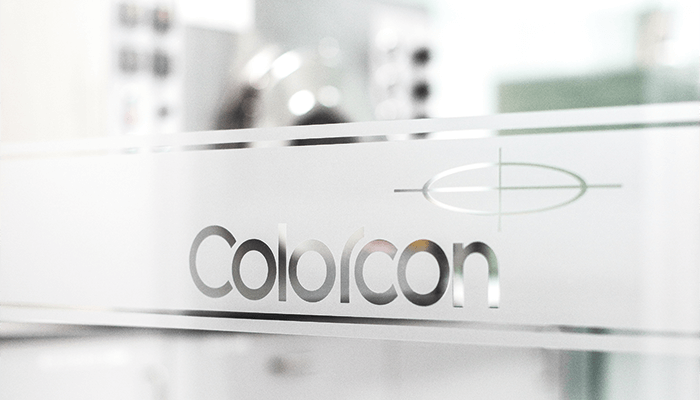
The move towards continuous processing is a key trend in the pharma industry – and is actively being encouraged by the FDA (see Regulatory Thumbs Up). Continuous processing is not a new technology and is already being used successfully in a number of industries worldwide. For example, continuous coating is well established in the US nutritional supplement industry where large pans coat enormous quantities of product (more than 1,000 kg per hour). For pharma, the end goal of using continuous processes is not only about achieving high volume throughput, since few pharma products require this, but about making manufacturing processes more flexible and efficient, as well as minimizing raw material use and reducing waste. The equipment footprint required for continuous processing is comparably small, which is an important benefit since construction and capital costs will be reduced when building a new processing facility. Smaller processes also have the advantage of being easier to transfer products to alternate sites, which is increasingly common in today’s globalized industry. There is even interest in developing modular, self-contained manufacturing pods for continuous processes that can be installed in open warehouses or transported to wherever they are needed; a big advantage as the process is already qualified and production start-up times are dramatically reduced.
Coat of efficiency
One attribute that all continuous coating processes offer over batch processing is faster and more frequent presentation of tablets to the spray zone. A traditional, production-scale batch pan may contain hundreds of kilograms of tablets, but only a small fraction of these are presented to the spray zone at any moment in time, so it takes a long time for every tablet to be uniformly sprayed. With a continuous coating process, a tablet is presented to the spray zone more frequently, resulting in a shorter cycle time to achieve consistent coating coverage. Energy consumption is also lower because drying energy is focused on a smaller mass of tablets at any given time. Creating an efficient continuous coating process not only depends on the equipment used, but also on the formulation of the coating. Today, a wide choice of film coats are available, based either on hypromellose (HPMC) or more recently polyvinyl alcohol (PVA) – and which you choose will depend on the specific needs of your application. Generally speaking, most film coatings can be used in continuous equipment, but some provide better results than others as each coat has its own advantages and challenges. HPMC, for example, has higher comparative viscosity, which means you can only incorporate a low percentage of solids – around 12 to 15 level, affecting throughput rates. When it comes to continuous processes, HPMC results in a narrow window of application in terms of the airflow and temperature to provide the best results. Most PVA-based coatings, on the other hand, allow around 20 percent solids; these can be sticky to apply – although we fine-tune the formulation to overcome this. In continuous coating, contemporary PVA coatings tend to work better at higher temperatures and airflows.Continuous innovation
To meet the industry need for faster coating, we have recently developed a new immediate release coating, Opadry QX, quick and flexible film coating, which allows for a higher percentage of solids (up to 35 percent) and results in a smooth, uniform appearance. But perhaps the biggest advance is the fact that it is very flexible; it works well in all equipment types and is robust across a wide range of process airflows and temperatures. This makes it particularly suitable for use in coating equipment types found around the world. For instance, in the Asia Pacific region and some parts of Europe, coating equipment tends to have much lower airflow than equipment in North America. Latin America, meanwhile, still uses many conventional solid wall pans, which have low airflow and poor temperature control. The flexibility of Opadry QX to be applied at a range of solids concentrations (20% - 35%) make it particularly suited for continuous processing. The improved coating uniformity inherent in continuous coaters allows you to take full advantage of increased solids concentrations to improve throughput rates. Opadry QX is not the only innovation that can help boost process efficiency. There are also recent advances in excipients. For example, Colorcon through the Controlled Release Alliance with Dow Pharma, recently launched METHOCEL DC2 which enables manufacturers to replace costly wet granulation in matrix tablet production with cost effective continuous dry granulation and direct compression techniques. We have also been expanding Colorcon’s range of excipient applications to simplify formulation and help create a robust core.Don’t forget the patient
Importantly, we should always remember the patient. As well as aiding process efficiency, a good coating benefits the patient. Patient compliance is a well-recognized issue in the industry and the FDA is urging pharma manufacturers to take action. We always ensure that our coatings focus on productivity, appearance, protection and performance – and address patient needs. Masking of bitter tasting drugs is important for patients, making the dosage more palatable. We’ve also been addressing difficulty in swallowing by developing coatings that make tablets more slippery and easier to take. It’s an exciting time for film coatings because there are new technologies emerging and equipment advances, like continuous coating. Some of the products we can coat today were considered impossible to coat just a few years ago. We have found there is usually a solution – you just need to consult with experts who really understand the challenge. Jason Teckoe is Senior Manager of New Product Development and Charlie Cunningham is Senior Manager, Product Development, both at Colorcon.With David Schoneker, Director of Global Regulatory Affairs at Colorcon and Vice Chair for Scientific and Regulatory Policy at IPEC-Americas.




